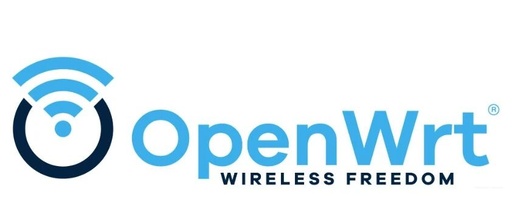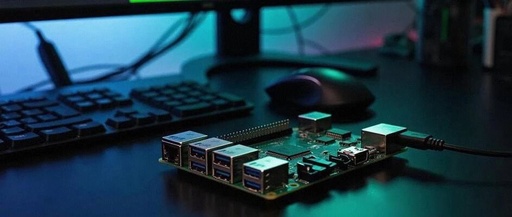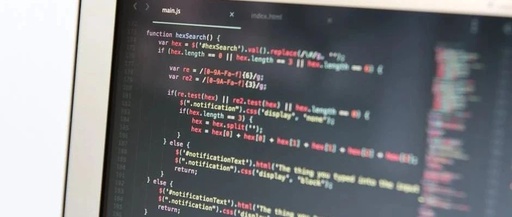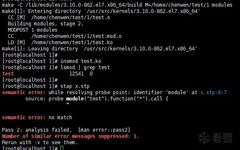In-Depth Analysis of Linux Kernel Linked Lists: The Secrets and Practical Guide to list.h
In the world of the Linux kernel, data structures are like the foundation of a building, supporting the efficient operation of the entire system. Linked lists, as a flexible and commonly used data structure, play a crucial role in the kernel. Today, we will delve into the implementation of linked lists in the Linux kernel—list.h—and … Read more









